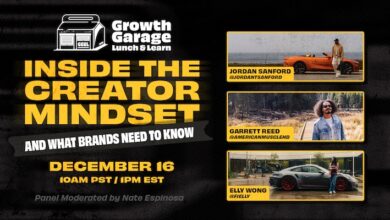Influencer Marketing Produces Road-Tested Results
RV content creators on the newest form of influencer marketing that promises growth for RV businesses.
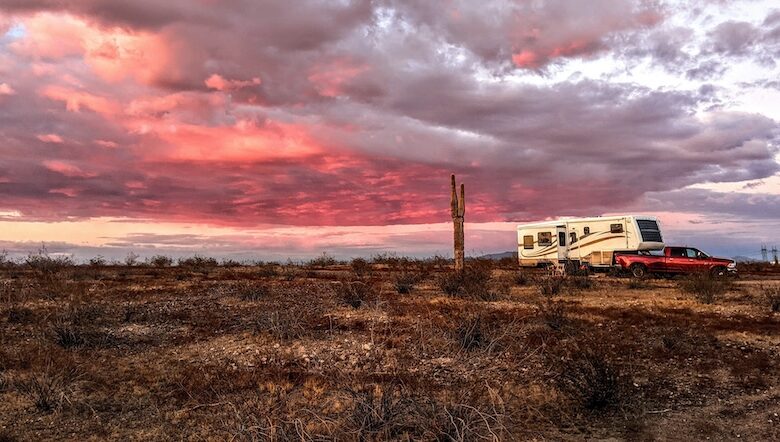
Influencer marketing is nothing new — athletes and actors have been hawking products for centuries, driving consumer purchases with traditional advertising. But in recent years, a new branch of marketing is staking its claim across industries, without the celebrity price tag. Once a place to share posts with friends and family, social media has evolved into a full-blown business model for regular people amassing large followings — and finding such success as to coin a new industry under the ubiquitous guise of “content creator.”
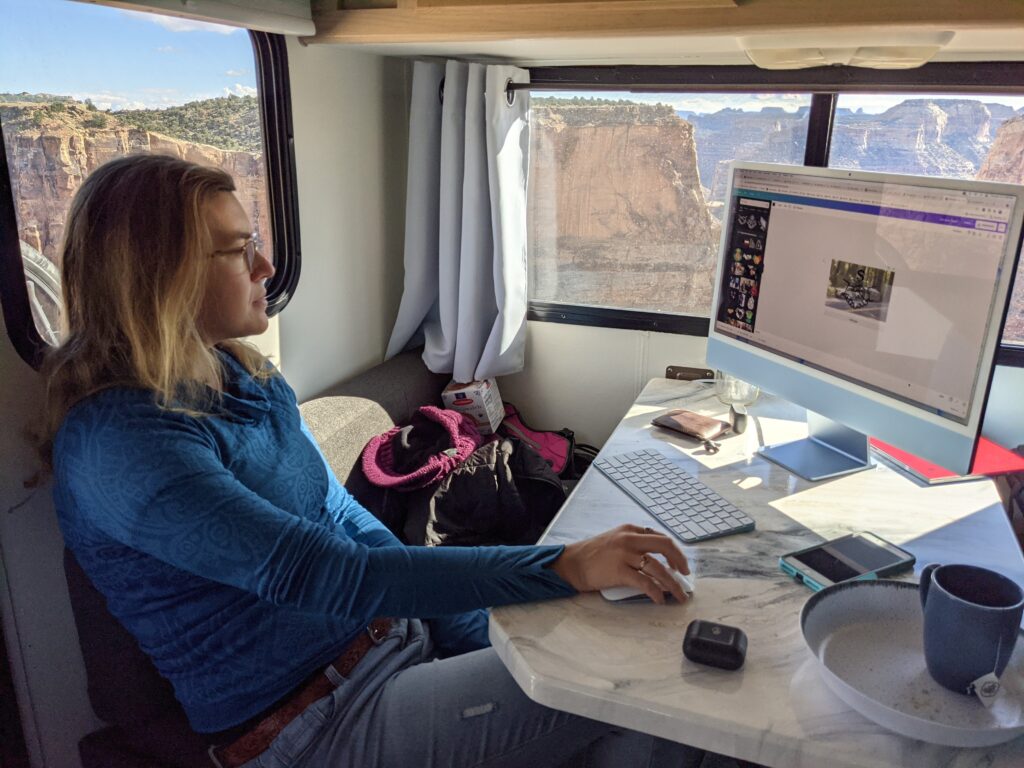
Typically known by their followers for a specific niche — be it travel, fashion, cooking, fitness and more — these creators have the power to impact purchasing decisions due to their knowledge, authority or relationship with their audience. Rather than a mere marketing tool, influencers are a social media asset that brands can use to achieve business goals through exposure. In fact, today’s consumers may be more likely to trust influencer recommendations. According to a Forbes report, in 2023, a Matter Communications survey of consumers found that “69% of respondents said they trusted influencer recommendations over brand messaging.” That sentiment is echoed in the growth of the marketing tactic itself, which more than tripled since 2020 to an estimated value of $33 billion.
So, why trust someone you’ve never met? It’s all about authenticity. Followers trust influencers who appear genuine and relatable, sharing their everyday lives, struggles and successes. Seeing those experiences fosters belief in a creator’s expertise and therefore makes a trustworthy place to gain advice and recommendations. In addition, the consistency in content creation aids influencers in keeping a strong presence in their followers’ lives: regular updates and valuable messaging make for a loyal audience that looks forward to their posts.
Some influencers in the RV space, such as Tom and Cait Morton of “Mortons on the Move,” have built their content creation business on 10 years of cultivated trust with their followers. And that wasn’t even the goal, they said — the two sold their house in 2015 and hit the road in a 35-foot DRV fifth wheel simply as a “sabbatical.”
“We started traveling with no intention of becoming RV influencers. That didn’t really exist back in 2015,” says Cait Morton.
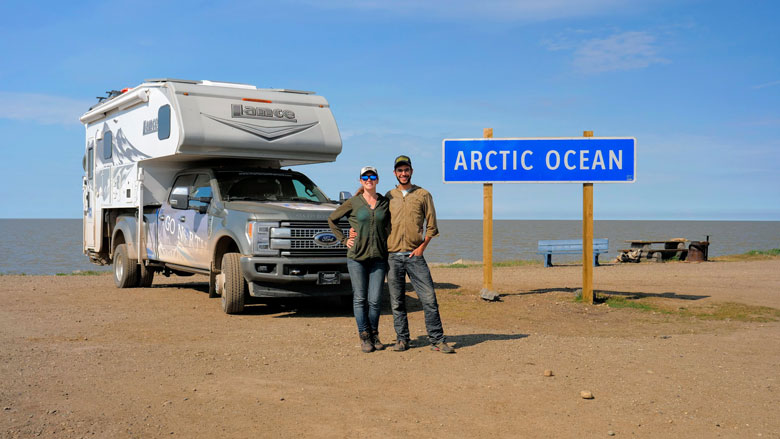
The two were eventually influenced themselves by YouTube vlogs from younger folks such as Jason and Nikki of “Gone With the Wynns” — leading to the Mortons documenting their travels to share with family back home. While operating from 3G internet, spotty cell reception and a big desktop computer, Tom Morton says somewhere along the way, other people started watching.
“It was very slow growth, but then we ended up meeting a whole bunch of other hobby YouTube and social media creators — people we saw on Instagram who were doing the same thing. We all started talking and collaborating, sharing tips and tricks, and then it all grew from there in a kind of weird and wonderful way.”
That sentiment is shared by younger audiences entering the RV lifestyle. According to Go RVing’s latest RV Owner Demographic Profile, 16.9 million Americans have a significant interest in purchasing an RV in the next five years, with a large wave of intenders trending younger, more diverse and increasingly tech-savvy — creating a market with an evolving path to purchase.
“Intenders are highly digital, relying on social media, YouTube and online listings more than traditional dealership visits,” the report said. “Many are cautious buyers, concerned about costs and seeking education on RV types and ownership.” In essence, the future of RVing is ripe for reaping the benefits of influencer marketing.
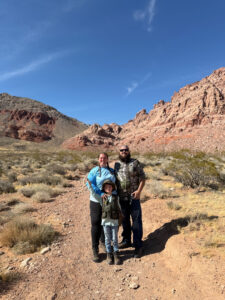
Research from the World Federation of Advertisers found that “54% of multinational brand marketers say they plan to boost spend in 2025 and 61% [agree] that influencer marketing will become more important in the future.”
RV companies are increasingly tapping influencers to spread their word, such as Go RVing, who spotlighted the travels of Abbey Romeo from Netflix’s “Love on the Spectrum,” to Dometic’s ambassador program, Battle Born Batteries’ product reviews and numerous OEMs sharing owners’ travels on social media.
“The RV industry has a tremendous opportunity to connect with the next generation of buyers and help them turn their RV dreams into reality,” said Chief Marketing Officer Karen Redfern in Go RVing’s report.
Working With RV Influencers on the Go
For the Mortons and many other content creators, such as Jessica White of “The Everywhere Family” and Kristen May, choosing to work with a brand means a “rigorous shakedown” to ensure a company’s goals align with their voice.
“We’re always very careful crafting things so that we’re staying true to ourselves and not just purchasing a product we don’t actually believe in,” Tom says.
The landscape of approaching RV brand partnerships has certainly changed, the Mortons say — what once was a “What is social media?” response has blossomed into 20-30 emails a day from OEMs and suppliers requesting product reviews and paid sponsorships.
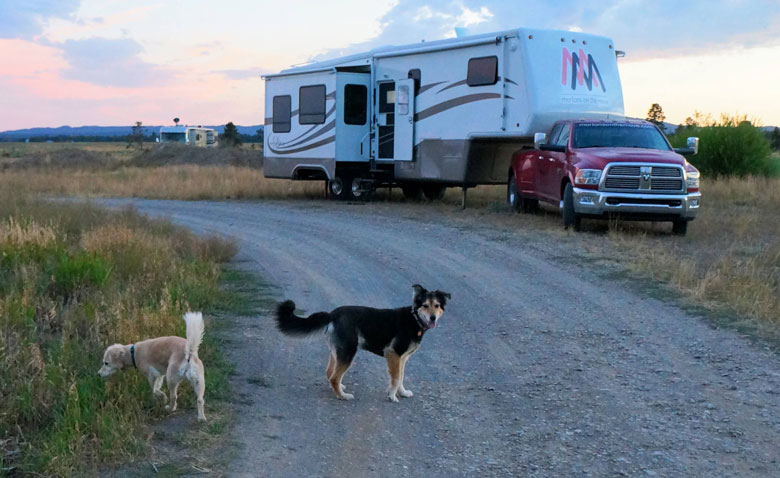
“There are a lot of people who are willing to push anything [to their audience] for a free product or some money. So, there’s a possibility to make content that might not be as advantageous for the end consumer. We never want to provide information that could be negative toward our audience,” says Cait Morton on choosing which companies to work with.
Having influence means protecting your followers, she adds, especially in a technical market where the products and expertise can either make or break RV travel. Content creators need to safeguard their creative freedom and voice, rather than being a mouthpiece, to stay reliable in the eyes of their audience.
“We want to offer that genuine review because that’s the whole basis of our channel and our subscribers. They’re here for us, and they trust us,” Tom says. “So, any RV influencer who is making it is kind of approaching these partnerships as a conversation rather than a sales list, a pitch or a ‘Send me a script and I’ll video record it.’”
May also says to use caution when selecting who to work with, adding that she is “very careful to only work with brands I truly love or would buy/use” herself, and that her end goal is always to “build trust with my audience.”
Businesses interested in working with influencers need to determine what kind of content they’re looking for. In addition to boosting ad campaigns, influencers — particularly full-time RVers — can also serve as a valuable feedback loop for brands seeking real-life product testing.
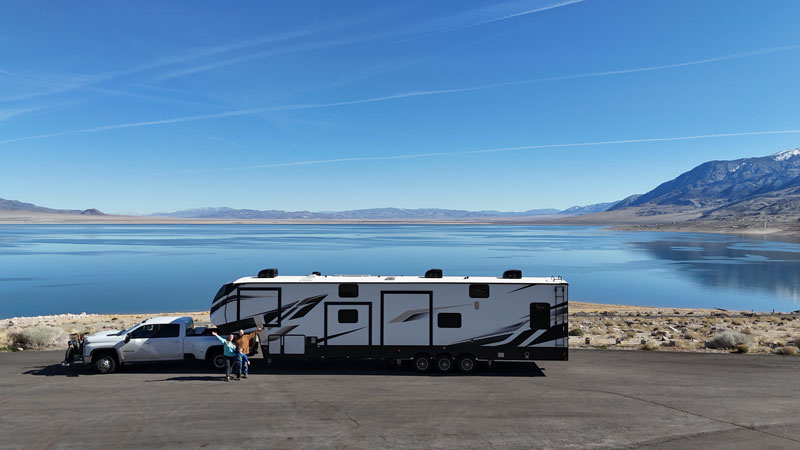
“It’s like a collaborative approach of not only do we want you to test this thing out for us and showcase your experience but also provide feedback to us on how we can improve it,” Tom Morton says.
True partnerships are what make the best deals, says White of “The Everywhere Family.”
“When our input is welcomed and respected, the content doesn’t just promote — it educates and inspires. Our audience trusts us because we’re intentional about what we share,” she says. “We expect our partners to support that authenticity so we can continue to create honest, meaningful content that resonates.”
May can attest to power of recommendations from fellow RVers. “Every single thing [I’ve] bought was recommended by others in the space,” she says, “so I think creators and influencers definitely help so many of these brands absolutely thrive.”
Being intentional about what to share also comes with knowing how to handle a less-than-satisfactory experience with a brand.
“If we’re into a product and we end up having problems, we always try to have an honest conversation [with the company],” Tom Morton says. “There have been a few times where things weren’t quite up to expectations, but that’s part of what we want to be able to share, as well. Everybody makes mistakes. You have to give them a little grace, if they’re willing to fix things and accept feedback. Usually we’ve determined up front if [a company] will be a partner that is open to that.
“It’s on us to phrase things in a way where we aren’t just bashing a product or a company. It’s important to make sure that you can just speak to the audience appropriately.”
From Dealer to Educator
The No. 1 thing that the Mortons always come back to, especially from a first-timer perspective, are true weight limits, requirements and proper setups.
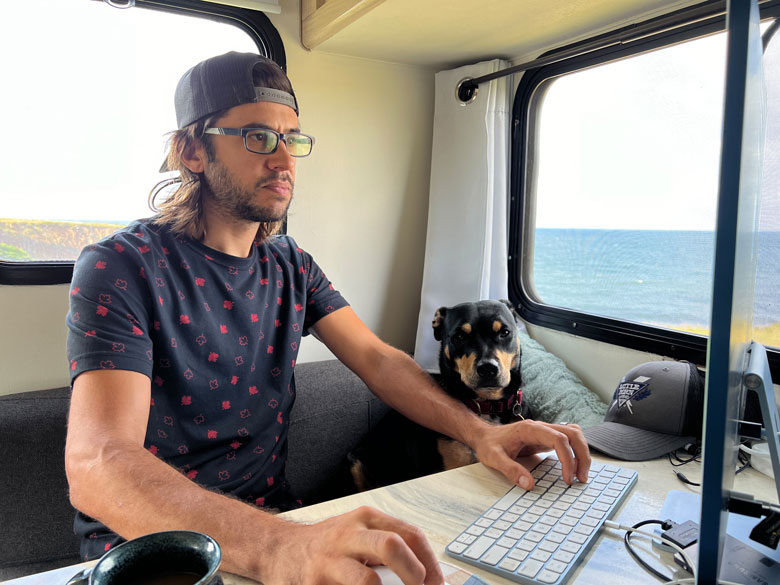
“So often people end up with a truck that’s too small, a rig that’s too big or a setup that isn’t right. Unfortunately, these things are not always brought to the forefront when a sale is on the line.”
Many times, new owners don’t even know what an RV’s dry weight is until it comes off the lot, or don’t consider specs like water weight at full capacity — a big safety concern, Tom says, and an expensive one, too.
“A lot of people don’t add in that a 100-gallon freshwater tank filled up is an extra 800 pounds. Then imagine if your gray and black tanks are also full from camping,” he says. “A lot of rigs don’t have carrying capacities over 1,500 pounds, so if you’re loading it up with 1,000 pounds of water, you only have 500 pounds for gear, food and drinks. That’s not much.”
Another top priority are batteries, Tom says. Most people don’t realize damaging a lead-acid battery one time takes half of its life cycle away. With RVs seeing a plethora of new technology, owners need to know how much power is being drawn from standard electronics such as 12-volt fridges, electric stoves and smart monitoring systems.
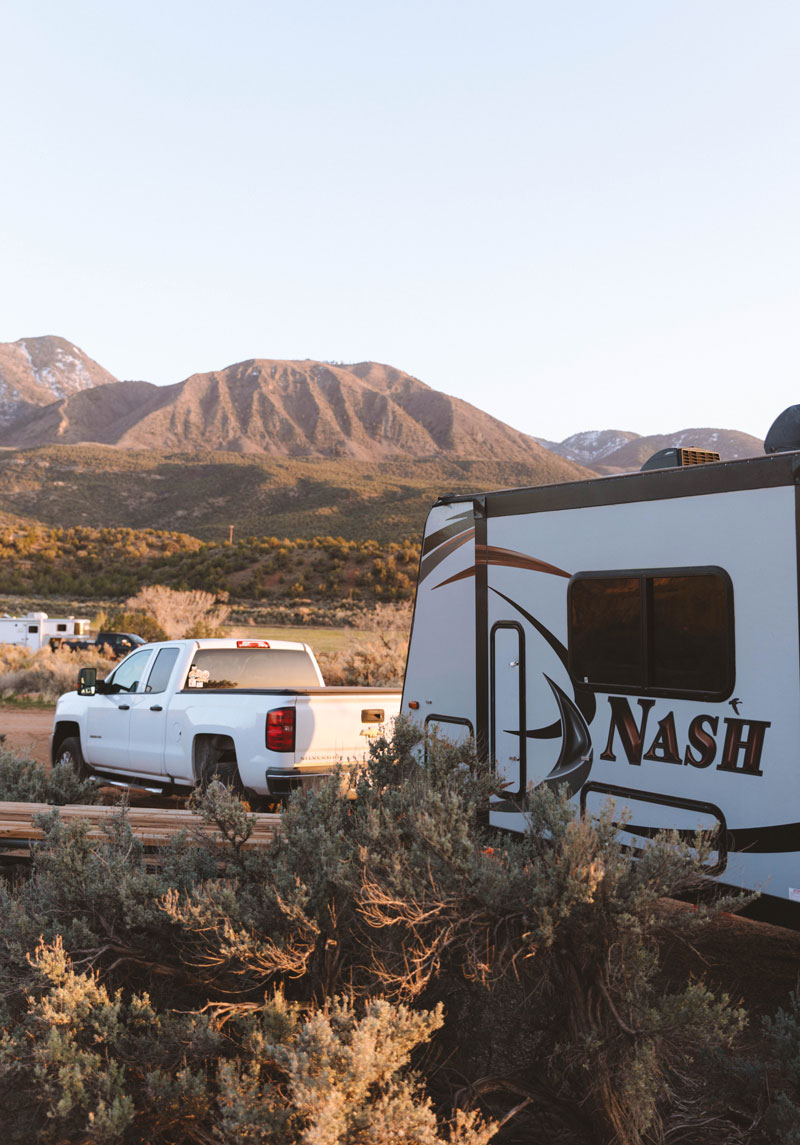
“Most manufacturers and dealers have someone who works on one thing, like the electrical engineer who designed it. But there’s a whole bunch of stuff nobody messes with except in an RV, when a house and a car are combined into one. We come from the perspective of knowing every single internal engine component, down to the water system.”
“Dealers have a real opportunity to go beyond sales and become trusted educators,” White says, noting that a lack of education, particularly for new RVers, can lead to frustration or unsafe situations. “Dealers who go the extra mile here earn lifelong customers and tons of word-of-mouth recommendations.”
Informing customers about routine maintenance is another vital element. May says when she was first starting out, YouTube was a valuable resource for her. Dealerships could make their own educational videos or possibly explore an influencer partnership.
Cait Morton adds, “A really good thing for dealers to start doing for new customers is even just sending them home with a comprehensive list of annual maintenance. Things they can do themselves … basic maintenance and repairs.”
Ensuring customers are set up for success is a way to build trust and loyalty, Cait says, inspiring people to return to a dealership.
Whether it’s on the factory floor or the Instagram feed, the RV industry is united by a single purpose: encouraging adventure on the open road.
Must-Haves for Overlanding or Full-Time RVing
Influencer-recommended items that dealerships should carry:
- Composting toilets
- External power banks, like Jackery or BLUETTI
- Portable solar panels, batteries or full solar kits
- Water and sewer hoses
- Tire pressure monitoring systems
- Jack & leveler pads, like SnapPads
- Surge protectors, extension cords and 50-30 amp adapters
- Water filters
- Satellite internet modems and mounts
- Dishwasher sinks
- Durable, stackable storage bins
- Shower curtains for RV showers
Life on the Road
What is the best part about being an RV influencer?
- “Honestly, just sharing my life from the good and bad has been so much fun! One of my goals as a creator is to make travel, outdoor adventures and RV life more approachable, which I’ve loved finding ways to make happen. … It’s also been so much fun to meet people on the road. While I’m a tiny channel, I’ve still met so many people who follow me on the road, and that’s been so much fun to actually connect in real life with them and form a friendship!” —Kristen May, @kristenmayx
-
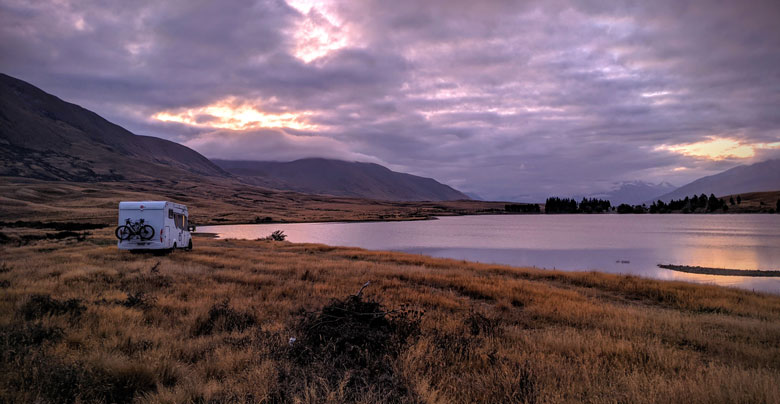
New Zealand’s Kā Tiritiri o te Moana. Photo courtesy of “Mortons on the Move” “It’s kind of twofold — being able to help people out and sort of direct the industry to areas that I think could improve the experience as a whole. … I have the capability to be an RV tech and I could go fix one RV at a time, but my videos can fix a thousand RVs. [Also inspiring] people to travel. That was the reason why we didn’t stop. We were planning to do this one to two years. … And that’s why we’re here 10 years later. You get people excited about travel and checking off those bucket list items.” —Tom & Cait Morton, @mortonsonthemove
- “Hands down, the connections. We love inspiring other families to break free from the white picket fence ‘American Dream.’ It’s incredibly fulfilling to receive messages saying, ‘Because of you, we took our first trip.’ … It’s also rewarding to work closely with brands shaping the future of RVing. We get to test new innovations, give real-world feedback and help bridge the gap between manufacturers and customers. But more than anything, my favorite part is building a community of like-minded people who become lifelong friends that remind each other that it’s OK to live differently, take the scenic route and create a life full of unforgettable memories, not just things.” —Jessica White, @theeverywherefamily

